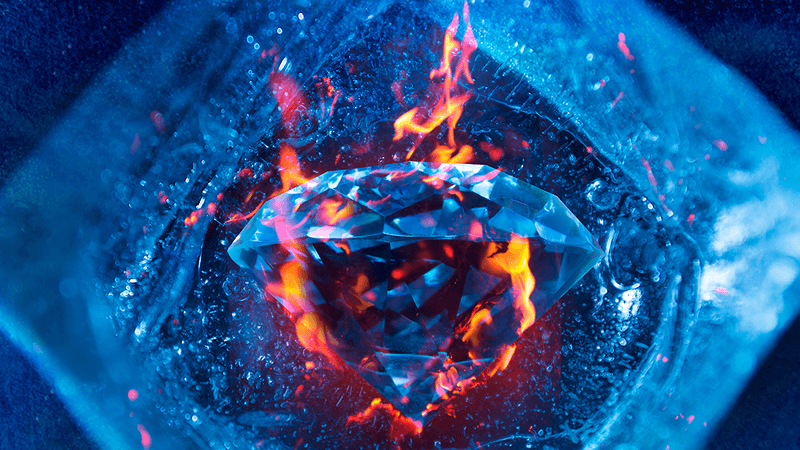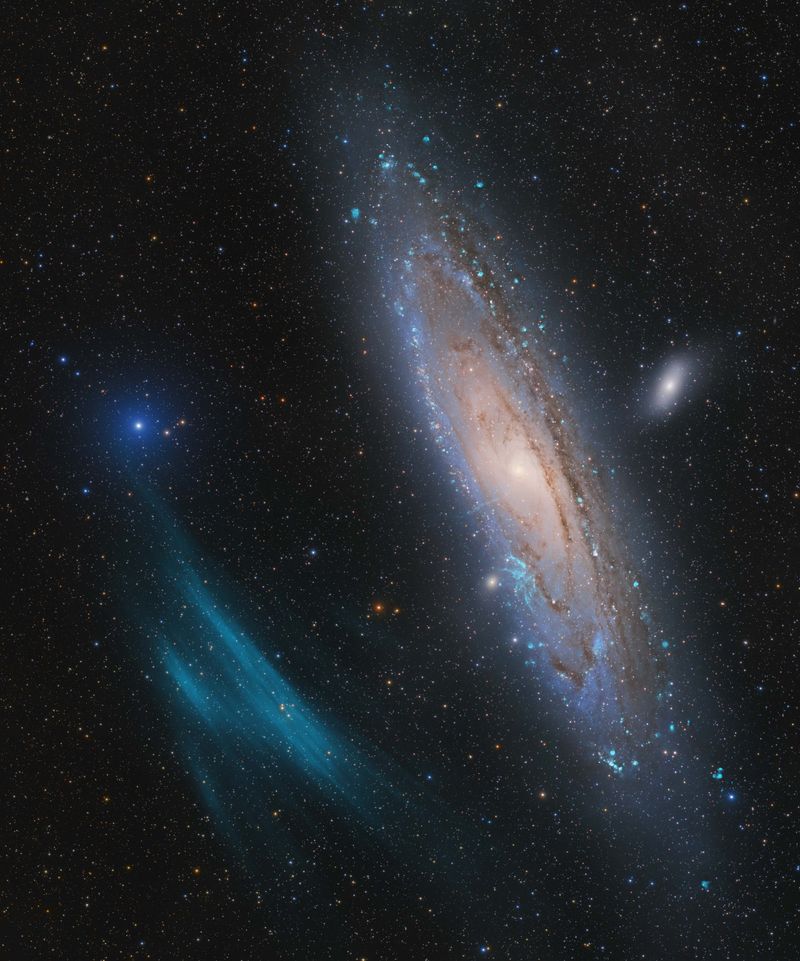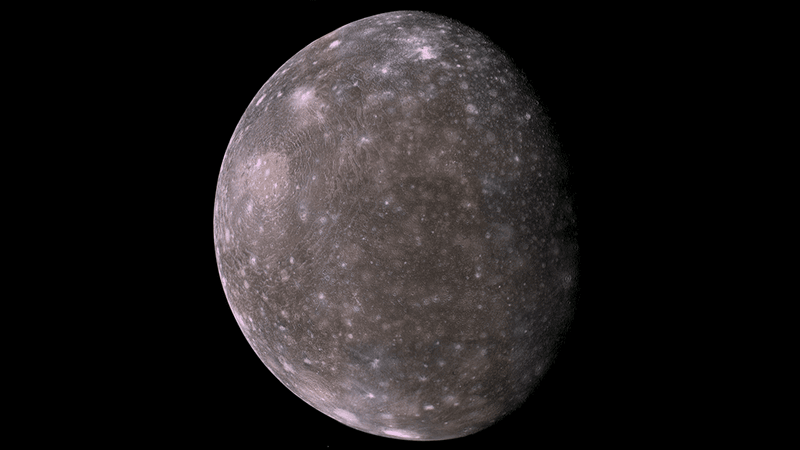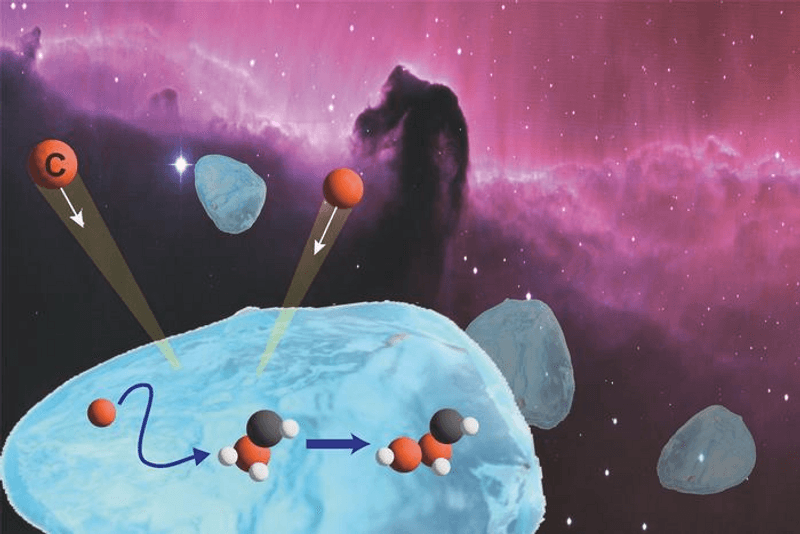In 1772, Antoine Laurent Lavoisier – sometimes referred to as the father of modern chemistry – set valuable diamonds on fire.
When Lavoisier was born, chemistry was still not what you'd call a science. Beliefs included the theory of phlogiston – that all combustible materials contain a fire-like element (called phlogiston) that is released as it is burned, and is taken up by the surrounding air. According to the theory, when the air became saturated with phlogiston to the point it couldn't absorb any more, the flame would go out.
Lavoisier had different and less archaic ideas, explored during experiments burning sulfur and phosphorus. He knew that both gained weight after burning, and believed that they combined with air to do so.
An experiment by English natural philosopher Joseph Priestley, heard of by Lavoisier, involved heating red mercuric oxide. The colorless gas that resulted from the experiment was termed “dephlogisticated air" by Priestley, though Lavoisier would later prove it to be oxygen.
As for the diamonds, at the time people believed them to be their own substance, unrelated to materials like coal and graphite. Lavoisier, who was keen on breaking down materials to their most basic form, took a diamond and placed it in a closed jar filled with oxygen, attempting to burn it using a giant magnifying glass to focus the sun's rays.
Diamonds, despite their hardy reputation, can burn with a ready-enough supply of oxygen. This is at odds with the theory of phlogiston, as it would surely burn in all types of air if the burning element is contained within the diamond, and the air (oxygen) is not part of the process. The diamond did burn. Lavoisier had correctly suspected it was made of carbon.
More importantly, for anyone who can't see the practical side of burning one of Earth's most valuable rocks, was the weight of his entire experiment. Though the diamond had burned, the weight of the jar and its contents remained the same as before he went all Sid from Toy Story on the diamond.
He had added evidence, as with his other combustion experiments, that matter is neither created nor destroyed in chemical reactions, but is conserved. Just don't offer that line as conservation to somebody after their precious diamond sets on fire.




